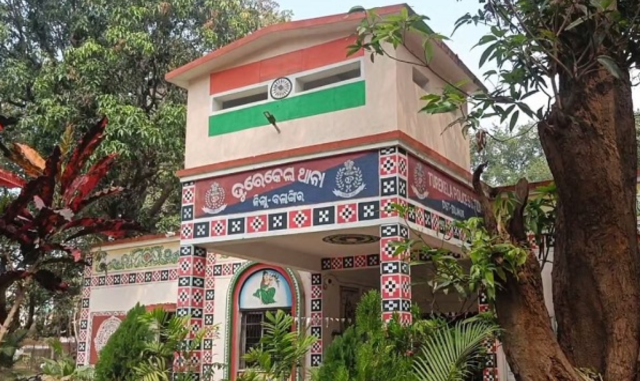India’s silk industry, a harmonious blend of tradition, artistry, and economic growth, has witnessed remarkable progress in recent years.
Renowned for iconic silk sarees like Kanchipuram and Banarasi, Indian silk is a testament to the skill of artisans and the rich legacy of the nation.
Sericulture, the art of raising silkworms, forms the backbone of this industry. With production climbing from 31,906 MT in 2017-18 to 38,913 MT in 2023-24, India has reinforced its position as the world’s second-largest producer and consumer of silk. Mulberry plantations, the key to high-quality mulberry silk, have also expanded significantly.
The government has played a pivotal role through initiatives like Silk Samagra and Silk Samagra-2, which aim to enhance production, empower rural families, and preserve the heritage of Indian silk. Subsidies under the Raw Material Supply Scheme (RMSS) and skill-development programs like SAMARTH have been instrumental in sustaining the industry’s growth.
The upward trend in silk and silk goods exports highlights India’s burgeoning global presence, supported by schemes promoting quality and market access. As the industry thrives, it continues to stitch together the timeless elegance of silk with modern aspirations.





























